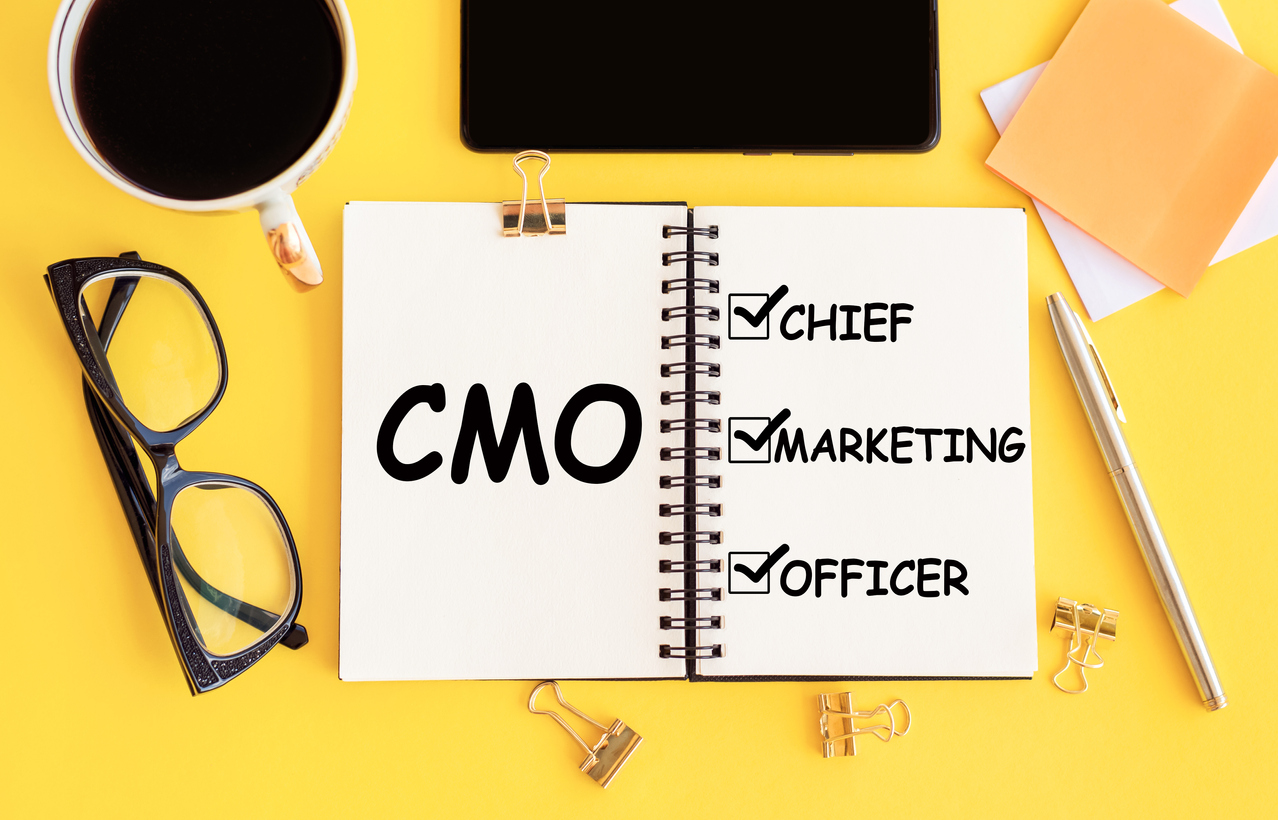
As a marketer, you are well aware of the potential of the affiliate marketing channel to drive growth and revenue for your company. However, getting buy-in from the CMO or other executive decision makers to invest in the growth of the affiliate channel can sometimes be a challenge. Here are five ways to make a strong case for investing in an affiliate program, using data and references from 2021 and 2022:
- Demonstrate the ROI: One of the key concerns for any CMO is how investments will impact the bottom line. By presenting data on the expected return on investment (ROI) of an affiliate program, you can show how it will contribute to the company’s financial goals. According to a study by the Performance Marketing Association, affiliate marketing had an average ROI of 122% in 2021 (https://www.performancemarketingassociation.com/resources/industry-statistics/).
- Show the potential for new customer acquisition: Affiliate marketing can be an effective way to reach new audiences and drive new customers to your website. By presenting data on the demographics of affiliate audiences and the conversion rates of affiliates, you can demonstrate the potential for acquiring new customers through this channel. A survey by Rakuten Marketing found that in 2021, affiliates drove nearly 25% of all new customer acquisitions for participating merchants (https://www.rakutenmarketing.com/insights/affiliate-marketing-trends-2021/).
- Highlight the cost-effectiveness: Affiliate marketing can be a cost-effective way to drive sales and leads, as affiliates are only paid on performance (e.g. when a sale is made or a lead is generated). By contrast, other marketing channels, such as paid search or display advertising, can be more expensive and less targeted. A study by Forrester Consulting found that in 2021, affiliate marketing had a lower cost per acquisition (CPA) compared to other channels, including paid search, display advertising, and social media advertising (https://www.awin.com/us/resources/forrester-consulting-study).
- Emphasize the scalability: Affiliate marketing can be scaled up or down as needed, making it a flexible channel for marketing efforts. As your company grows, an affiliate program can easily be expanded to keep pace with demand. A report by Digital Marketing Depot found that in 2022, 75% of advertisers planned to increase their affiliate marketing budgets (https://www.digitalmarketingdepot.com/the-2022-affiliate-marketing-benchmark-report/).
- Stress the importance of partnerships: An affiliate program can help your company build relationships with other businesses and industry influencers. These partnerships can lead to joint promotions, content creation, and other mutually beneficial activities that can drive more traffic and sales. According to a survey by Affiliate Summit, in 2022, 84% of merchants said that working with affiliates had helped them to create mutually beneficial partnerships (https://www.affiliatesummit.com/resources/industry-statistics/).
In conclusion, affiliate marketing can be a powerful channel for driving growth and revenue for your company. However, getting buy-in from the CMO or executive other decision makers to actually invest in growing the channel can be a challenge. By presenting data on the expected ROI, the potential for new customer acquisition, the cost-effectiveness, the scalability, and the importance of partnerships, you can make a strong case for investing in an affiliate program. As affiliate marketing expert Evan Weber said, “It’s not hard to get executive or CMO buy-in when you can explain what the strategies will be utilized to make it happen, and then deliver.” By using the strategies outlined above and following through on your plans, you can convince the CMO and other decision makers to invest in an affiliate program and reap the rewards of this powerful marketing channel.
